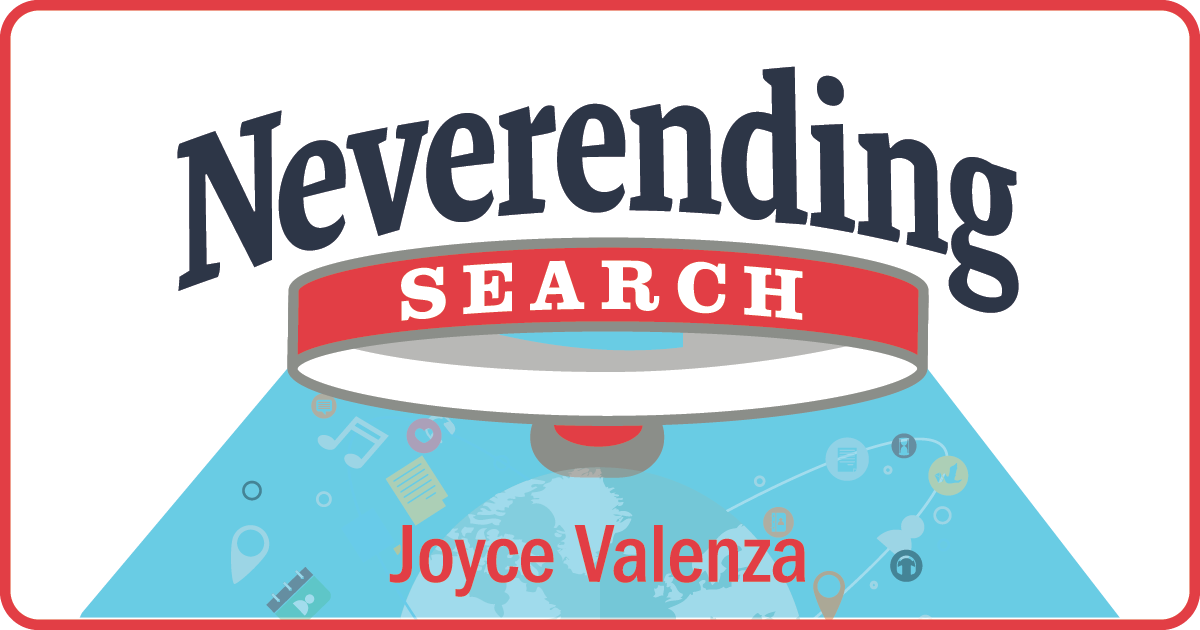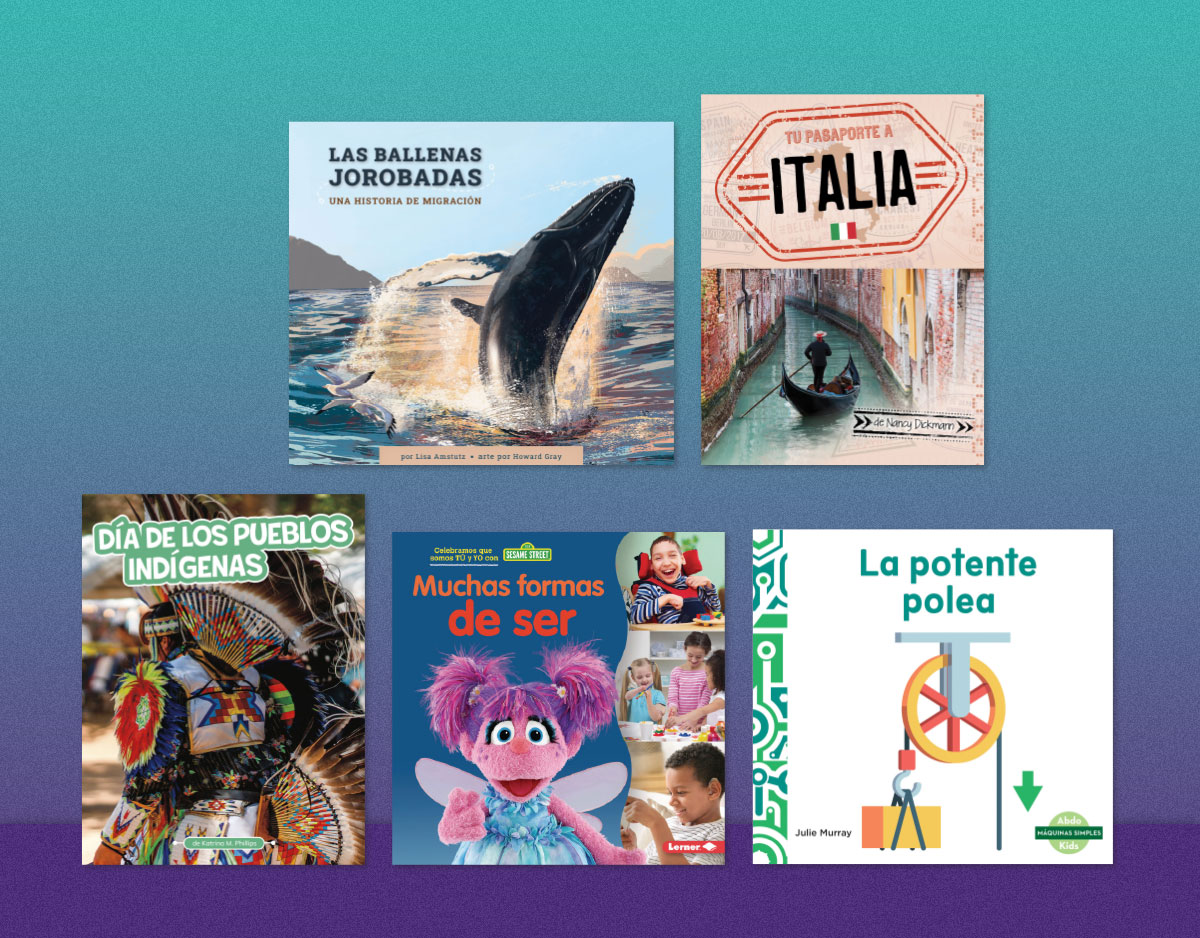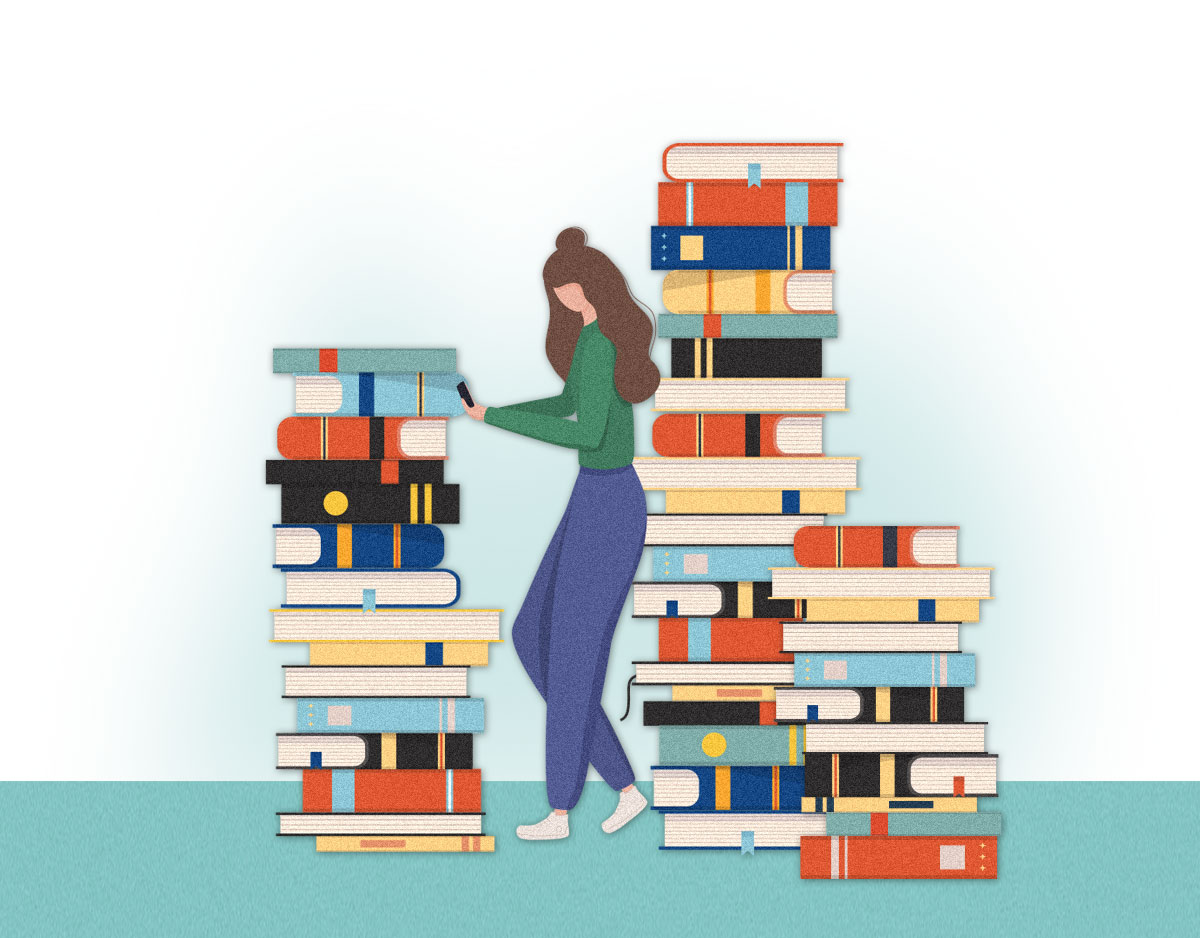SCROLL DOWN TO READ THE POST
My report and a couple of (far more) stellar examples
No one has ever asked me to do it. But each year I spend time reflecting on the past year and pulling together an annual report.
Here are the print and video versions for STHS Library:
Each year, after I pull my report together, I discover the wonderful work our colleagues share as they describe and reflect on their own school years.
Jennifer LaGarde, aka Library Girl, shared hers on SlideShare. It is a delightfully creative mash-up–brilliantly concise, visually engaging, energetic, and ever-mindful of the bottom line and the importance of goal-setting.
Jennifer’s blog post described the process of writing a first annual report for Myrtle Grove Middle School (NC), to meet the needs of her primary audience, administrators. Her goals for her first report were to make sure that:
ADVERTISEMENT
ADVERTISEMENT
- All data is organized into bite sized chunks.
- It’s visually interesting and fun.
- The “bottom line” is easy to recognize
- What few narratives there are, are short, sweet and to the point.
- I tried to focus on data they would actually care about. (For example, instead of bemoaning the state of my 400s or shouting about the number of times A Diary of a Wimpy Kid was checked out, I focused on student impact, the relationship between library services and academic success and how our library meets the identified needs of students at our school).
Buffy Hamilton’s deeply thoughtful reports are a perennial inspiration to me. This year’s Unquiet Library Annual Report 2011 Part 1 is organized around the five roles from Empowering Learners,and aligned to AASL Standards. The inclusion of QR codes expands the report beyond its pages. But for me, the most powerful element is the inclusion of faculty quotes that describe the role of this dynamic library program in Creekview’s learning and teaching culture.
Buffy reflects on value of the writing of her report in a blog post:
While writing the annual report is truly a labor of love and quite time intensive for me, I also find it a valuable reflective exercise as it helps me to really connect dots of patterns I’ve observed over the last year, consider what didn’t work as planned and how to approach those challenges in the future, and to see the successes of the program that are so easy to overlook when you’re in the throes of daily library life. The process also helps me start to crystallize ideas that have been simmering and take initial steps toward writing next year’s program goals/themes for the upcoming year.
Filed under: reflection
About Joyce Valenza
Joyce is an Assistant Professor of Teaching at Rutgers University School of Information and Communication, a technology writer, speaker, blogger and learner. Follow her on Twitter: @joycevalenza
ADVERTISEMENT
SLJ Blog Network
The 2025 Bookish Charitable Giving Guide
31 Days, 31 Lists: 2025 Simple Picture Books
Recent Graphic Novel Deals, November 2025 | News
Read Rec Rachel: Template for Reader’s Advisory Booklets
The Classroom Bookshelf is Moving
ADVERTISEMENT
ADVERTISEMENT








